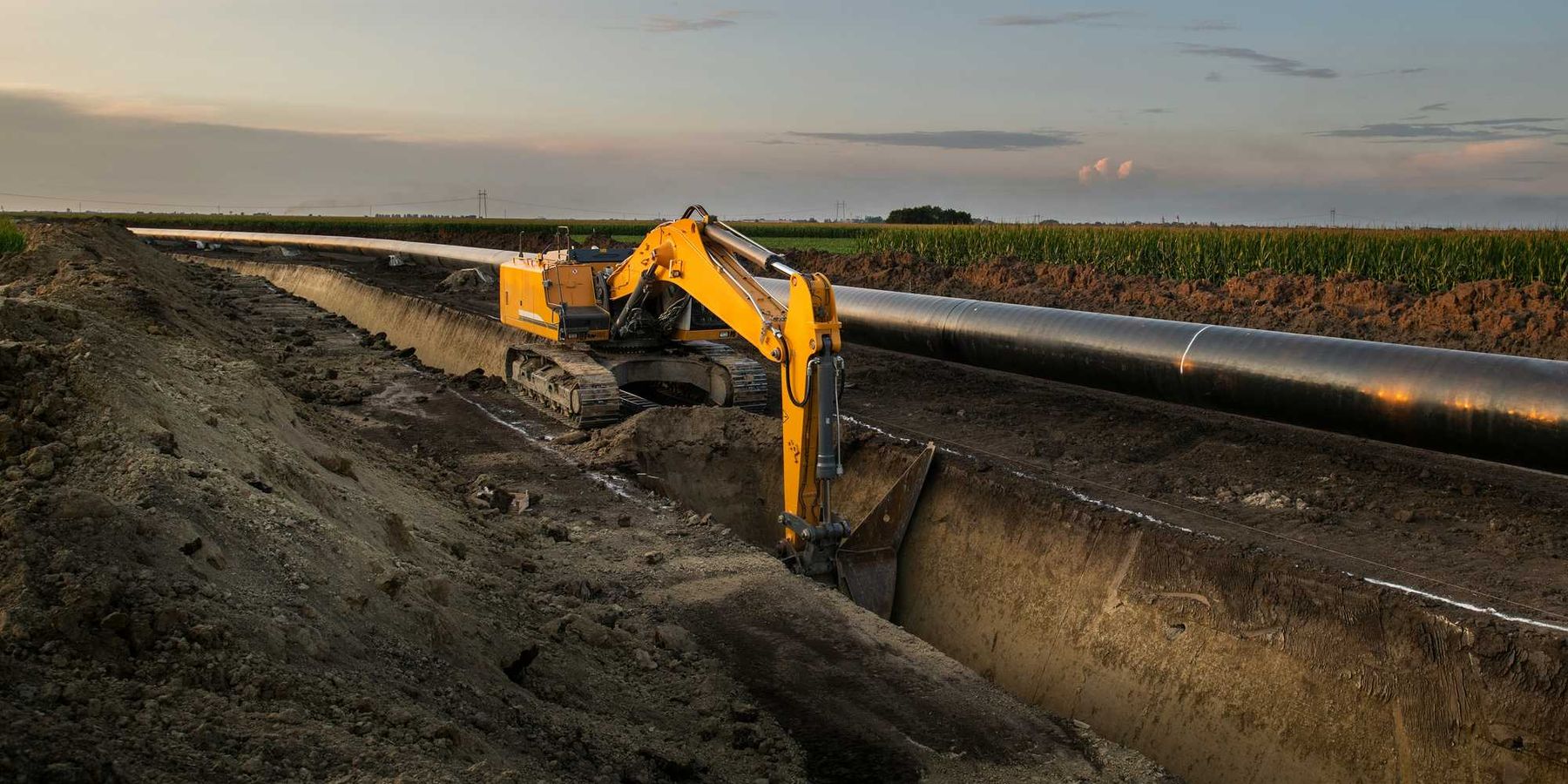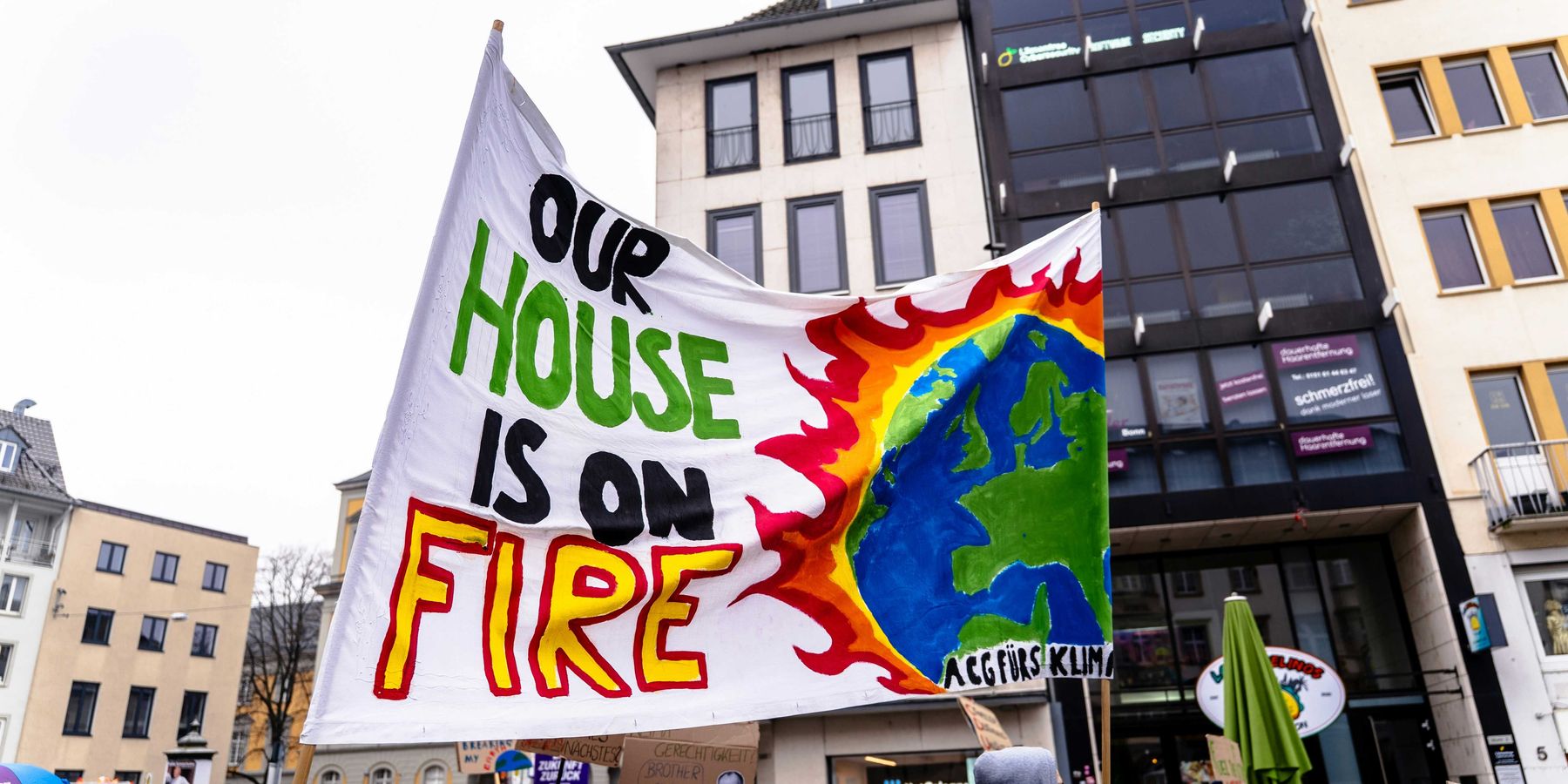Opinion: Water injustice on display in the Southwest US
A Supreme Court ruling against the Navajo Nation is the latest blow to the tribe in a long-standing fight for water.
“A man from the West will fight over three things: water, women and gold, usually in that order.”
While this quote from former Arizona Senator Barry Goldwater is dated, one thing holds true: water in the West is still the source of heartaches. One stark example: In 2022, Arizona experienced the worst drought conditions in more than 1,000 years, which dried up reservoirs, exposed regulatory loopholes and further exposed environmental injustice.
As a Diné water quality scientist who grew up on the Navajo Nation, which spans Arizona, New Mexico and Utah, the topic of Arizona drought is often discussed in my professional and private life. The beginning of 2023 was the 20th year of continued litigation in which the Navajo Nation is trying to obtain rights to the Colorado River in Arizona v Navajo Nation. The Navajo Nation has never had the infrastructure or support to have reliable access to clean water. In fact, our tribe has as many as 60,000 members who do not have access to running water. In March 2023, the Navajos took their water rights case to the U.S. Supreme Court and argued to have the U.S. determine the Navajos water needs and rights.
However, on June 22, 2023 the Supreme Court voted 5-4 that the U.S. owes no “affirmative duty” to the Navajo Nation to secure water, reversing a decision by the U.S. Court of Appeals for the 9th Circuit. The majority ruled that the 1868 Treaty of Bosque Redondo established no federal obligation to do so.
What does this mean for the Navajo tribe?
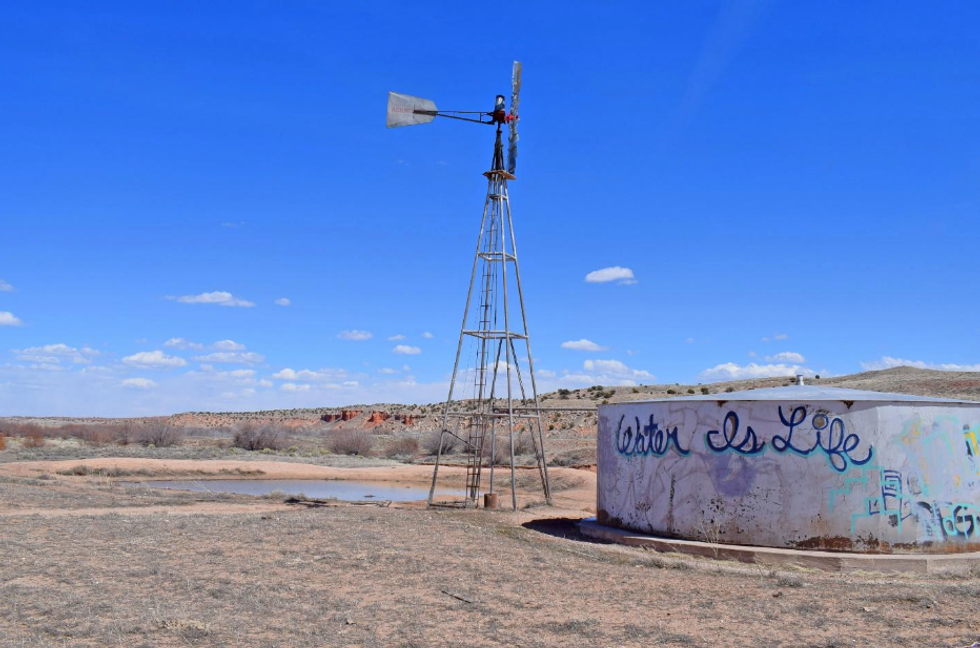
The federal government has decided that while the Navajo Nation does have water rights, established by Winters Doctrine, it will not help the Nation assert those rights. While this decision comes as a disappointment to many, the signing of Senate Bill 1432 by Gov. Katie Hobbs, to force the City of Scottsdale to provide water to the Rio Verde Foothills Residents has been the salt in the wound.
This essay is also available in Spanish
The case of Rio Verde Foothills Residents v City of Scottsdale has made international news. Due to a mega drought, in 2021 the city of Scottsdale, Arizona, decided they could no longer provide water for the neighboring community. Beginning January 1, 2023, the residents of Rio Verde Foothills no longer received delivered water from Scottsdale. Over the previous year and a half, Scottsdale had notified Rio Verde Foothills residents that they would need water from another source, but the residents did not heed the warning and now are struggling to find a long-term water solution. The signature of Gov. Hobbs only magnifies the environmental injustices that exist in Arizona.
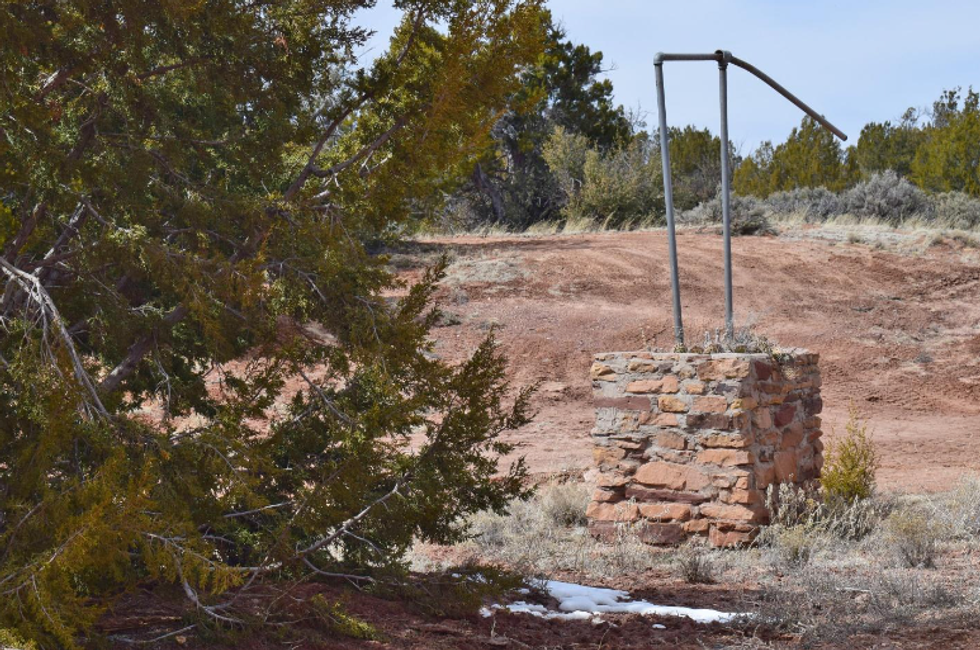
I cannot help but draw comparisons between my tribe’s situation and that of Rio Verde Foothills. The media quickly amplified the Rio Verde situation, though there are many other communities of color in worse water conditions. Water issues on the Navajo Nation, for example, have been present since colonization.
In the U.S., if you are Black or Latino you are twice as likely to be without clean water compared to white citizens. American Indians and Alaska Natives are 19 times more likely to be without clean water than their white counterparts; but these numbers pale in comparison to the lack of access we endure as Diné peoples. Being Diné increases the likelihood of not having access to clean water by 67 times more than any other American. As the mega-drought worsens, I realize our future in the desert is marred by questions: Will Arizona recover? Will my child’s generation be climate refugees? If Diné people have it this hard now, what will the future be like? The only comfort is that Diné people continue to grow and thrive amid historical trauma, broken treaties and continued health, education and economic disparities, including the lack of safe, clean, reliable water.
Yet, the swift attention the Rio Verde Foothills community are receiving despite putting themselves in this situation by choosing to live in a desert — unlike the forced relocation of the Diné people — demonstrates that water is life, but access will never be equal.
Choice of location vs. forced relocation
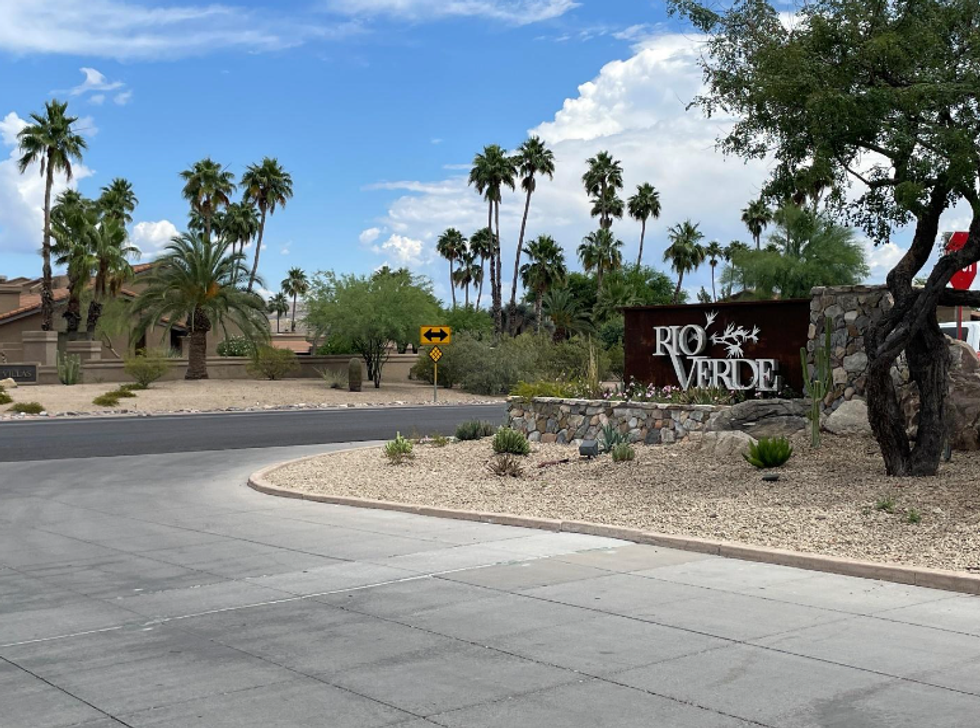
The Rio Verde Foothills is an unincorporated community, meaning it is not within the boundaries of Scottsdale, the city that many residents are suing. Being unincorporated, the residents pay less taxes, since services like sewer, water and trash are not provided by the city. Instead, many of the homes in Rio Verde Foothills, with an average home price between $760,000 to $875,000, are equipped with storage tanks not connected to any water mainlines, sewers or wells; relying on water trucks from Scottsdale to fill them, on average, once a month. Many residents say contractors misinformed them but fail to acknowledge the obvious risks of buying a home in the desert during a drought. The residents also argue that they’re entitled to water service through the city’s municipal water plant under Arizona’s laws. However, a Maricopa County Superior Court judge ruled that the statute did not apply to this community because the Rio Verde Foothills residents have not shown that they are unable to access water at all.
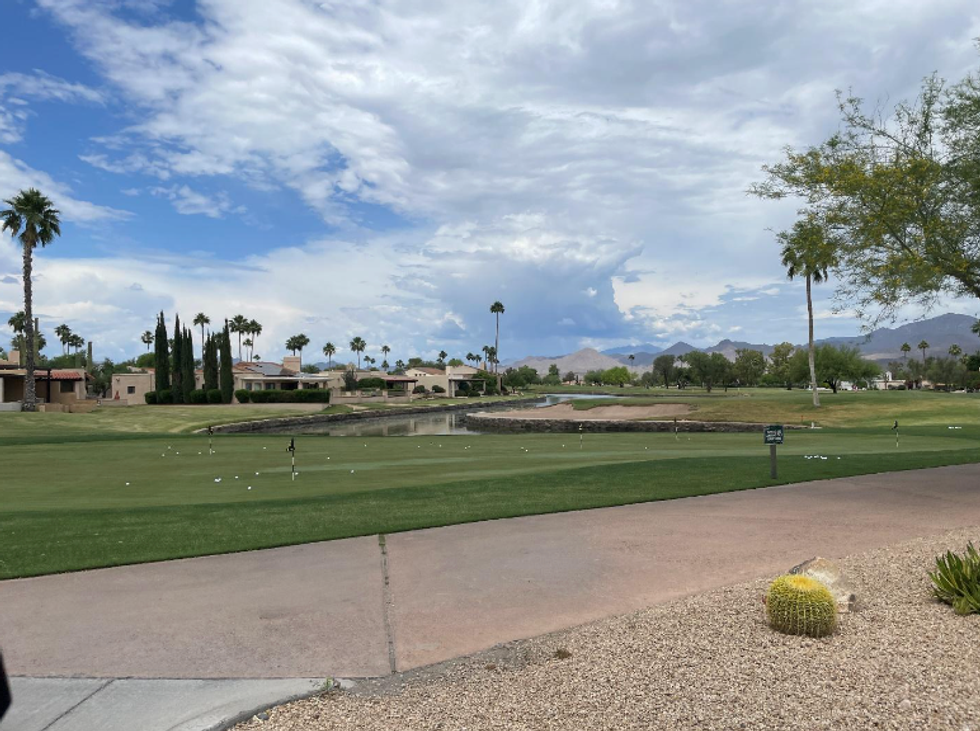
This plight comes in stark contrast to what my tribe has endured for centuries. Diné people have lived in conditions far worse and a lot longer than residents in Rio Verde Foothills. From 1863 to 1868, the U.S. government ordered the U.S. Army to forcibly remove the Diné people from their original homeland called Dinétah, which was within the four sacred mountains of present-day Mount Hesperus and Blanca Peak in Colorado; Mount Taylor in New Mexico and San Francisco Peaks, in Arizona. The Army forced both the Diné people and Mescalero Apaches to walk more than 300 miles to Fort Sumner near Bosque Redondo in New Mexico, which came to be called The Long Walk. It is estimated that one-third of the Diné people captured and imprisoned at Fort Sumner died. Following the unsuccessful attempt of assimilation, the Diné people agreed to return to their original homeland and cease fighting with the U.S. government, now known as the Treaty of 1868. In the treaty, the government promises land including rivers. Following the treaty of 1868, the 1908 Supreme Court ruling of Winters v United States, established that tribes have a reserved right to water sufficient to fulfill the purposes of their reservation, including the residential, economic development and governmental needs of the tribe. In spite of the historical documentation between tribes and the U.S. government, more than 30% of Diné people on the Navajo Nation live without access to clean water.
Prioritizing people over greed
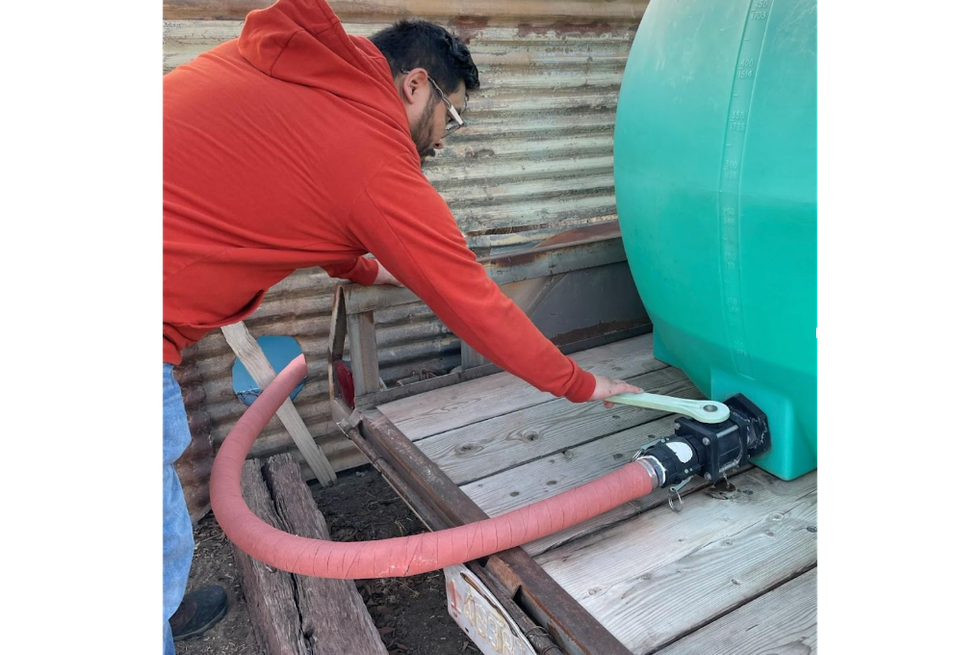
Unlike the Rio Verde Foothills residents, the Navajo Nation seems to be stuck between a rock and a hard place. Generations of injustices have oppressed the tribe. Navajos suffer disproportionately high rates of diabetes, obesity, heart disease, mental-illness, suicide, domestic violence and alcohol addiction. The residents of Rio Verde Foothills do not face the day-to-day challenges that the Diné people do, yet it is their story, and others similar to theirs, that become the face of U.S. droughts.
In Arizona, there are 22 federally recognized tribes, with seven of them located on the Colorado River. Not one was brought into the discussion during the 1922 Colorado River Compact Act, which is the foundation of all litigation surrounding the Colorado River, which divides the Colorado River between states. Tribal nations in the West have long been ostracized in water policy discussion. Yet, there are signs of change: the Gila River Indian community litigated and won extensive water rights to the Colorado River, and their insistence on looking at the whole picture instead of narrow view helped Arizona establish its drought contingency plan.
The trauma that the Diné people have faced has been filtered down through many generations. In my own experience, the lack of access to clean water on the Navajo Nation impacted the health of many of my family members and shaped who I have become today, an academic activist. Seeing the disparities that my tribe faces and the slow process of courts — compared to the drumbeat of potential solutions offered to the Rio Verde Foothills — only increases my passion for water research.
Water governance is riddled with injustices and needs to re-prioritize people before greed.
Disclaimer: This essay was written by Dr. Valerisa Gaddy in her own capacity. The opinions expressed are her own and do not reflect the views of the Water Resources Research Center and the University of Arizona.
This essay was produced through the Agents of Change in Environmental Justice fellowship. Agents of Change empowers emerging leaders from historically excluded backgrounds in science and academia to reimagine solutions for a just and healthy planet.


